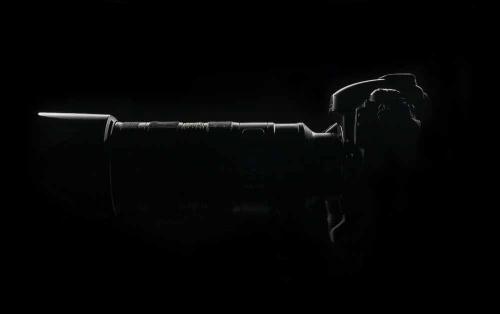DIGITAL CAMERA LENS CONSIDERATIONS
 Digital cameras are about more than just looking at how many mega pixels the camera produces images at. A major concern, but most overlooked, is the actual lenses you buy for your new digital dSLR. More than anything else, the lenses you use will impact the overall picture quality. There are a few factors to consider while choosing the lenses for your digital camera.
Digital cameras are about more than just looking at how many mega pixels the camera produces images at. A major concern, but most overlooked, is the actual lenses you buy for your new digital dSLR. More than anything else, the lenses you use will impact the overall picture quality. There are a few factors to consider while choosing the lenses for your digital camera.Quality of Image
In the world of dSLR digital cameras the big aftermarket product is lenses. And, the biggest consideration to take into account when choosing those lenses is the quality of the image. In most mass produced point-and-shoot type digital cameras, the quality of the image is measured by mega pixels. However, in dSLR the quality of the image is found in the quality of the lens. A major concern for dSLR aficionados is the sharpness of a particular lens. When you see people talking about buying a new camera or purchasing this, or that, lens, most frequently the topic is centered around the sharpness level of the lens. Most lenses for dSLR cameras are pretty good for run of the mill shooting. However, if you want to get more specialized, and produce top quality photos, upgrading your lens is a must.
Aperture of Lens
The lens aperture is the name for the size of the opening that the lens opens once the shutter is pressed. This is indicated on the lens with a small ‘f’. Depending on the number of the aperture, the lens will either let in a lot of light or a small amount. Generally, the smaller the aperture number, the greater light will be allowed in, thus making the camera faster. If you are going to be taking a lot of pictures in dimmer light then you will want to be looking at a lens with an aperture of f2. On the other hand, a lens with an aperture of f8 is great for outdoor shots with plenty of sunlight. Light isn’t the only factor included with the lens aperture. If you want to take pictures of moving objects, sports, or any other type of action where things are moving, a ‘fast’ lens will be the kind of lens you want. The smaller the aperture the faster you can take pictures. Fast lenses also help when using a flash as it will allow the sensors to capture more ambient light. A good all around lens aperture would be an f4 for good quality pictures in normal light. If shooting inside a lot, a dSLR with a flash and lens with an f2.8 would be a good choice.
Zoom Lenses
A good zoom lens will give the photographer much greater versatility in his photo taking. A zoom lens is of particular importance, and use, when shooting sports, scenes, and other shots where your movement is severely restricted. Most dSLR cameras offer a pretty decent zoom lens, with only the least expensive having low quality zooms. You can find just about any type of zoom lens for a dSLR camera. Anything from a wide-angle, telephoto, short telephoto, and everything in between. Todays lenses operate on the basis of what is called an optical zoom. The main reasoning for the popularity of this type of lens is because the elements in the lens can be so finely tuned that you get a much greater image quality. Most point-and-shoot type digital cameras are equipped with a digital zoom which cause the image to be less sharp that an optical type zoom. Granted, most point-and-shoot cameras do have an optical zoom to a certain point and then the digital takes over.
Focus Ability
A great shot is often found in the way that the object of the picture was brought into focus. As a photographer you want to get as close as you can to the object so you capture only the object and not the surrounding elements that can detract from the quality and sharpness of the the image once it is enlarged. Focusing is achieved by moving the lens back and forth until the object is crystal clear. When you are closer to the object then the lens will have to be moved away for a clearer shot. A short, focal length lens is a great addition to a dSLR because of the ability to move back and present the best possible shot at a short distance.
Quality of Build
Lenses vary greatly in the quality of their construction. One great way to find out if a lens is durable enough is to pick up two different ones and compare the weight of them. The lighter one will probably be more plastic. In some of the lower cost lenses the plastic parts are usually in the more susceptible areas where damage an occur. While you would like to buy things that are in your budget, picking a low cost lens can actually cost you more in replacements.
Advertise on APSense
This advertising space is available.
Post Your Ad Here
Post Your Ad Here
Comments